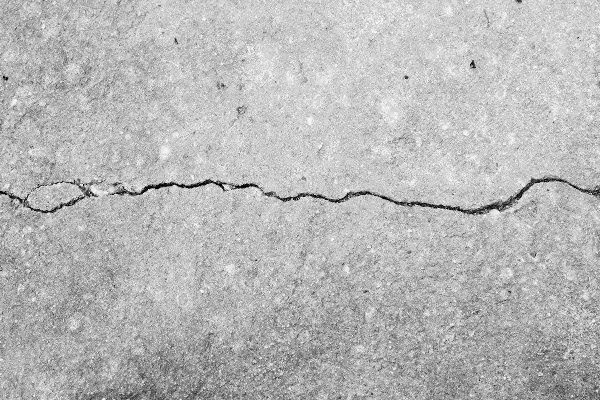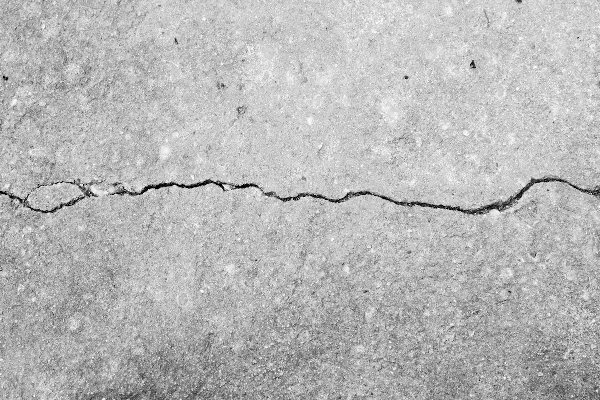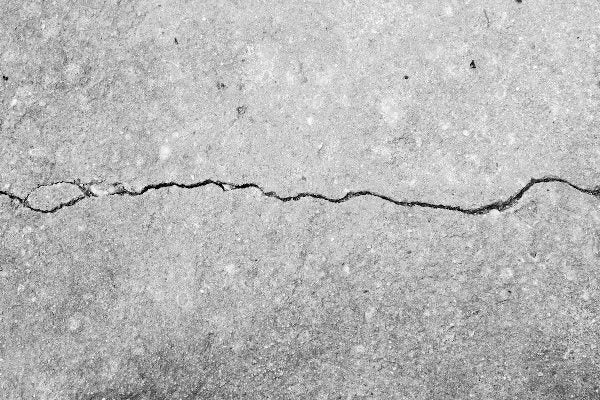In construction, anti-shrinkage admixtures are increasingly used as an effective strategy to control the deleterious effects of concrete shrinkage. These additives can help reduce the risk of cracking and other problems that can arise due to excessive shrinkage. This article examines the benefits of anti-shrink additives from a civil engineer's perspective, including long-term cost savings and improved levels of structural integrity.
Early and long-term shrinkage during drying can be significantly reduced using shrinkage-reducing additives. This is achieved by addressing the problem of drying shrinkage that occurs in the pores and capillaries of the cement paste. These additives should not be confused with shrinkage compensating substances, which are normally added to cement paste in amounts greater than 5% of the mass to induce an expansion reaction that mitigates the effects of shrinkage during drying.
When these additives are added to concrete during the mixing phase, it is possible to reduce short- and long-term drying shrinkage by 30 to 50%. This is achieved by eliminating the “cause” of drying shrinkage in the capillaries and pores of the cement paste.
Shrinkage-reducing admixtures are a relatively new development in the world of concrete, but they have already shown great promise in their ability to control shrinkage.


Although traditional shrinkage methods shrinkage reducers typically involve adding more water to the concrete mix, they offer a much more effective solution. By reducing the amount of water that can evaporate from concrete, these additives can help prevent cracks and other defects from forming.
In addition to the greater durability that these additives can provide, they also offer a series of other benefits. One of the most significant is the potential for long-term cost savings. By preventing cracking and other forms of damage, additives that reduce shrinkage can help extend the life of a concrete structure. This can result in significant savings over time as repair and replacement costs can be significant.
From a construction point of view, shrinkage-reducing additives offer a number of clear advantages. They can help improve the durability of concrete structures while offering the potential for long-term cost savings. Furthermore, the use of these additives can improve structural integrity, making them an ideal choice for many applications.
It is important to note that shrinkage-reducing admixtures are not a panacea for concrete shrinkage. They should be used as part of a comprehensive shrinkage control strategy that also includes other measures such as thermal mass and curing. However, when used correctly, they can be an invaluable tool in preventing the harmful effects of concrete shrinkage.
Shrinkage reduction Additives The workability of concrete is not affected. However, the amount of liquid additive must be part of the mixing water. These additives may occasionally inhibit the development of early and late resistance. When using the appropriate dosage, a maximum dosage reduction of 12 to 15% is possible after 28 days. However, this depends on the type of additive used.
Advantages of shrinkage reducing additives Briefly
- Significant reduction in concrete shrinkage
- Reduce cracking in concrete due to shrinkage
- No significant change in concrete properties
- Concrete shrinkage as it dries is inevitable. However, the use of shrinkage-reducing admixtures reduces concrete cracking due to dry shrinkage .

